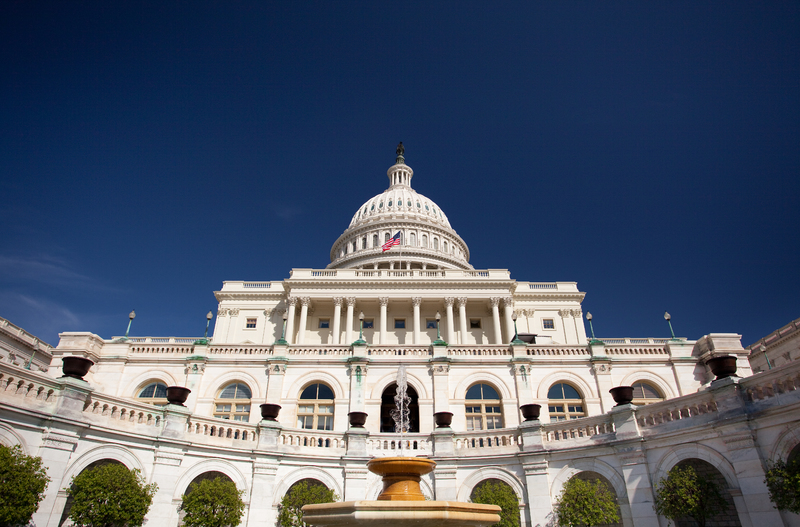Last Thursday, President Biden signed the American Rescue Plan Act of 2021 (ARPA) into law. This article breaks down the major provisions of the Act that impact investors, retirees, families, and small businesses. Please know that there are many additional provisions in the 600+ page Act and we are here to help you decipher anything that affects you.
NO RMD RELIEF
We’ll just come right out and say it. The Act does not include any provision eliminating Required Minimum Distributions (RMD) for 2021 or other years.
RECOVERY REBATE
The balance of the promised $2,000 stimulus payments is the most highlighted piece of the Act. To complete the $600 already issued by Congress’s December 2020 COVID relief bill, the American Rescue Plan will be sending $1,400 payments to most Americans – including dependents. Unlike the two previous relief bills, the ARPA includes ALL dependents, not just qualifying children. This opens up payments for children over age 17 (typically college students) as well as for other dependents such as a parent living in the household. Although the phase-out begins at $75,000 for single filers and $150,000 for joint filers, just like the last two bills, the phase-out range is more confined for this payment ($80,000 for singles and $160,000 for joint). The determination of income will be from either 2019, 2020, or 2021 taxes depending upon the most recent year on file and the amount of reported income. If you’d like assistance figuring out which tax year the IRS will use for you, just reach out to us.
UNEMPLOYMENT BENEFITS
Regular and Pandemic unemployment has been extended through September 6, 2021. The increased unemployment compensation on top of state benefits is maintained at $300 per week. The Act also retroactively makes the first $10,200 of unemployment compensation from 2020 tax free for those with an Adjusted Gross Income of under $150,000.
HEALTHCARE
The Act allows those who have been laid off to maintain current employer health coverage via COBRA through the end of September 2021. Premiums for coverage will be paid by the former employer and reimbursed via a payroll tax credit.
There is also a temporary increase in the Premium Assistance Tax credit for 2021 and 2022 (aka health insurance marketplace subsidies).
STUDENT DEBT
While there is no specific student debt forgiveness in the bill, it does pave the way for something to happen soon. The Act legislates that any federal student debts forgiven from 2021 through 2025 will be income tax free.
CHILD TAX CREDIT
There are three major changes to the child tax credit for 2021:
- An increase in the maximum amount of the credit from $2,000 to $3,000 ($3,600 for under age 6). The additional part of the payment has a lower phase-out range ($75,000 and $150,000 for single and joint tax filers, respectively). That said, the original $2,000 of the Child Tax Credit still has the old phase-out rules.
- An increase in the age of qualifying children up from 16 to 17.
- A provision for an advance payment of the credit in 2021 (it looks like half the credit could be paid monthly starting in July 2021 through the end of the year, but the details are still forthcoming).
CHILD & DEPENDENT CARE TAX CREDIT
For 2021, this credit will be fully refundable and the maximum has been increased to $4,000 per child or $8,000 for 2 or more children.
SMALL BUSINESS
The good news: the Employee Retention Credit no longer expires at the end of June. It now remains available through the end of 2021. The not as good news: there is no extension of the Paycheck Protection Program application deadline, which remains March 31, 2021.
This is just a brief overview of some of the highlights in the lengthy American Rescue Plan Act. If you need help navigating how the ARPA affects you, please don’t hesitate to reach out!




